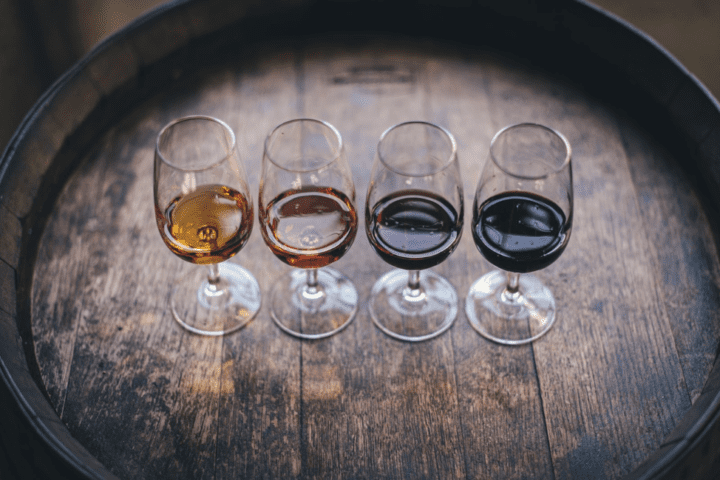9 Small But Vital Tips for Taking Your Own Wine to a Restaurant
Human-Centric Tip- Taking Your Own Wine to a Restaurant
Patrons are often surprised to know they can bring their own drinks to a restaurant. This knowledge can come in handy if you’re going to a restaurant that has incredible food but a poor drink menu. However, it’s essential to know that BTOB is a courtesy and not an obligation. We hope that this 9 Small But Vital Tips for Taking Your Own Wine to a Restaurant post inspires you.

Image Source: Unsplash
9 way to Bring a Bottle of Wine to a Restaurant
“Wine” is any alcoholic beverage made with the fermented juice of grapes, although technically, any fruit is capable of becoming wine.
Here’s how you can bring your favorite drink to a bar.
1. Ask if You Can Bring in the Wine
You typically have to call ahead to inquire about corkage fees or BYOB policies, as restaurants don’t often display this information on their website. It would also be a shame to be turned away because you have a bottle of wine, so it makes more sense to give the restaurant a heads-up.
2. Check Their Corkage Fees in Advance
Most restaurants will issue a corkage fee to people who want to bring in wine. Typical corkage fees range from $10 to $40 a bottle, and restaurants usually charge more for each additional bottle. The corkage fee may be waived if you buy an extra bottle of wine from the menu.

3. Pre-Chill, Chil, or Decant the Wine
A sparkling, rosé, or white wine should be pre-chilled before you get to the restaurant. While your server can put it on ice, it’ll still take a long time before it’s cold enough to drink. If you need a decanter for a special bottle, call ahead to ensure they have the right equipment for the job.
4. Don’t Bring a Cheap Bottle of Wine
You’re welcome to bring anything you like to the restaurant, but it's better if you don’t lug around a cheap bottle of wine. Not only will this likely insult the whole staff (as they’re providing you a courtesy), but you’ll have to pay a premium to get in (with a corkage fee). Go big, or go home!
5. Put Your Wine in a Bag or Tote
A more casual restaurant won’t mind if you show up with your wine in a paper bag, but an upscale joint may turn you away. If it’s your first time at the restaurant, check if a wine tote would be more appropriate. You can also put it inside your purse or a large bag if you have one. We don't recommend sneaking wine in for this 9 Small But Vital Tips for Taking Your Own Wine to a Restaurant post.

6. Pair Your Wine With the Right Food
All wines pair together well with certain food. For example, some Spicy Sriracha Shrimp Tacos would taste great with a sauvignon black, pinot blanc, or prosecco. Don’t let the wine you’ve brought go to waste by making sure you buy a meal at the restaurant that compliments it.
7. Don’t Bring a Bottle on the List
Restaurants won’t appreciate it if you bring in a wine that’s already on the wine list. Not only is this considered a faux pas, but it doesn’t make sense. Restaurants will always upcharge their liquor, but with the corkage fee, it may make more sense to buy the bottle at the restaurant.
https://divinelifestyle.com/tips-for-taking-a-break-from-drinking/
8. Always Tip the Staff (Sommelier)
The corkage fee isn’t a tip, so don’t expect the staff to be happy with you simply paying the bill and leaving. You should always tip service staff 15% to 20% (or 25% if the service is excellent). Also, consider “tipping” the sommelier by offering them the first sip of your bottle.
9. Don’t Squabble About Glassware
It’s not classy to bother staff over things like glassware, regardless if your wine is special or rare. But if your wine does happen to be especially rare, it’s on you to tell the staff ahead of time. Or, you could consider bringing your own glassware (but you still have to call ahead to ask).
We hope that this 9 Small But Vital Tips for Taking Your Own Wine to a Restaurant post inspires you. Happy drinking!
Gin vs Whiskey: How Can You Tell the Difference?
You May Also Like








Pingback: White Wine Poached Pear Tarte Fruit Dessert Recipe